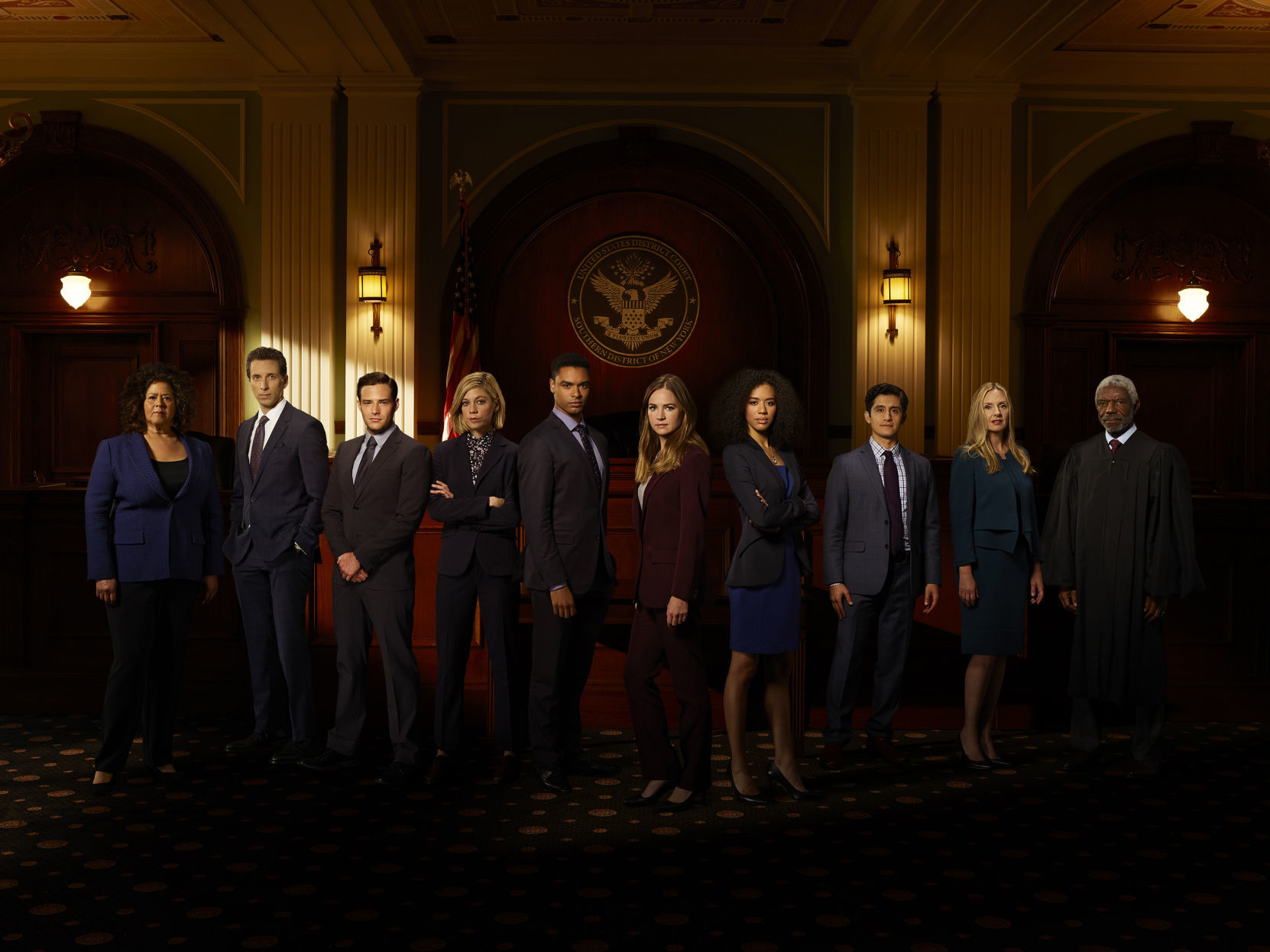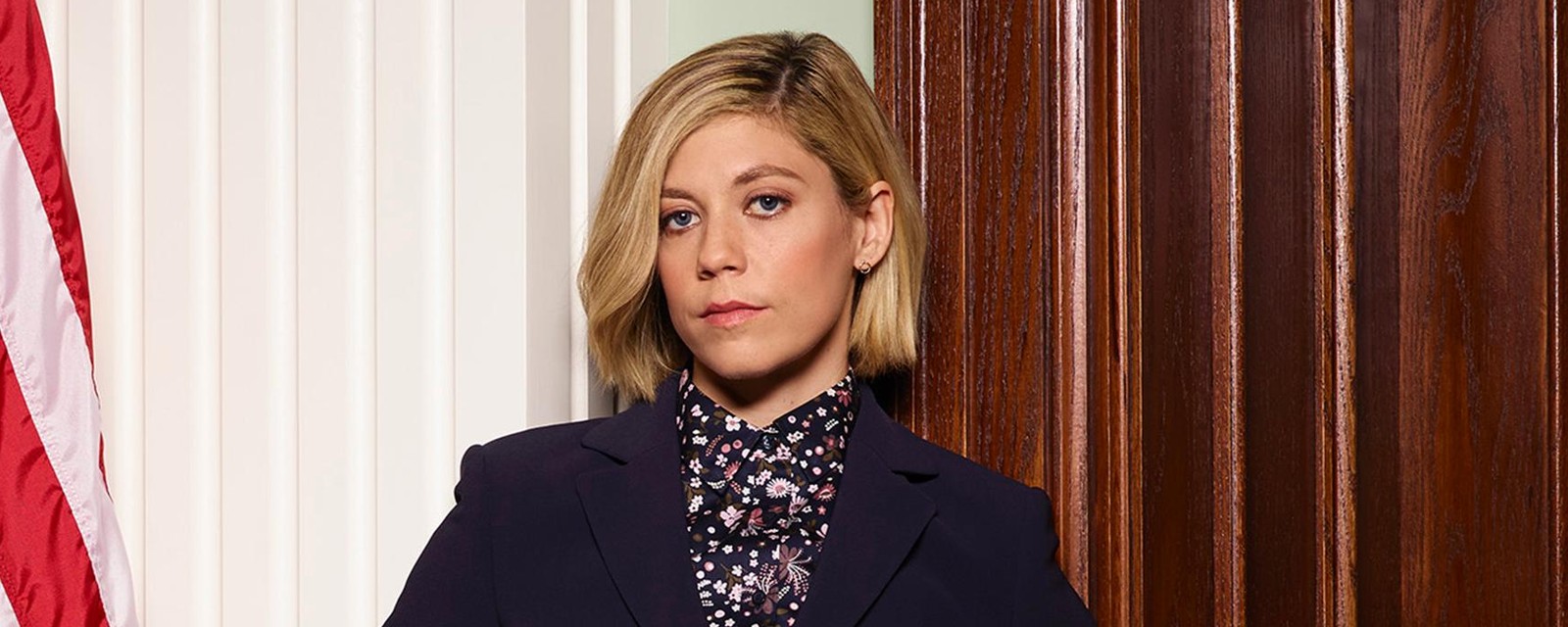

Until this offbeat piece loses sight of its humanity with an overproduced pop-rap-operetta in the underplotted second act, it offers the hopeful (and quite touching) promise that theater will survive us all.Ī riveting opening scene suggests the way the play must have developed in workshop, with three friends (Matthew Maher, Jennifer Morris, and Susannah Flood) camping out and cracking themselves up by recalling in detail their favorite episode of “ The Simpsons.” It’s “Cape Feare,” Matt Groening’s classic takeoff on the two movies made from John D. In the scribe’s comic vision, Bart Simpson and his friends and foes will always be there to help civilization rise again. The earth is scorched and barren in the futuristic world of the play, but no worries. Burns, a Post-Electric Play,” an ambitious new work penned by Anne Washburn and developed with The Civilians, is a refreshingly original take on the fast-growing genre of the post-apocalyptic play. Echoes of The Flintstones, How the Grinch Stole Christmas, and multiple Gilbert & Sullivan operettas reverberate through this endlessly captivating piece, speaking to the fluidity of a living, breathing culture that is constantly in flux and responsive to the hopes and fears of its participants.“Mr. Burns (Sam Breslin Wright at his creepiest) becomes something distinctly more terrifying in this world still reeling from the effects of radiation. The show bears a passing resemblance to the cartoon we all know (the iconic tower of blue hair, the spiky Bart crown), but many elements are completely foreign, like a loving and wise Homer Simpson (Gibson Frazier) reassuring Bart (a heartfelt Quincy Tyler Bernstine channeling Nancy Cartwright) that “everything will be alright.” The cartoonishly evil nuclear industrialist Mr. An actress playing Edna Krabappel (the vocally powerful Nedra McClyde) comments on the action of the play like a Brechtian chorus leader. The third act imagines a much more sophisticated and ritualized theater, complete with musicians and stylized masks. There are no intellectual property attorneys after the fall. In the absence of electronics, an entire economy of brokers, bookers, and actor-managers has sprung up to fill the entertainment void in this violent and lawless world. Seven years later, these survivors have evolved into a traveling troupe of players who act out not-quite-accurate episodes of The Simpsons and highly nostalgic commercials in front of a paying audience. A ragtag group of survivors huddles around a campfire and tries to recount the “Cape Feare” episode of The Simpsons, a parody of the Martin Scorsese remake of Cape Fear.
#SUSANNAH FLOOD MR BURNS SERIES#
A subsequent series of nuclear meltdowns (not enough engineers survived the plague) have poisoned the atmosphere and brought down the electrical grid. This three-act play starts in the not-so-distant future, after an epidemic has decimated the population. Watching it is like looking at a complex painting: The longer you look, the more you’ll discover and you’re likely to find new details upon repeat inspection.

If you’re able to suspend your disbelief, you will discover an infinitely fascinating and meticulously constructed play that is well worth your two hours. That doesn’t mean, however, that intrepid producers wouldn’t rob the graves of the aforementioned deceased media: In Washburn’s future, live performances of television scripts (particularly The Simpsons) are all the rage. After all, in a world lit only by fire, the theater’s electronic competition (movies, TV, the internet) would be instantly obliterated, leaving live performance as the only viable mode of entertainment. If you really think about it, though, it makes sense. It seems like a far-fetched notion when so many stage companies are facing financial ruin without the added pressure of Armageddon. Burns, A Post-Electric Play, now receiving its New York premiere at Playwrights Horizons.

That is the central assumption behind Anne Washburn’s Mr. After the Apocalypse, the theater will survive.


 0 kommentar(er)
0 kommentar(er)
